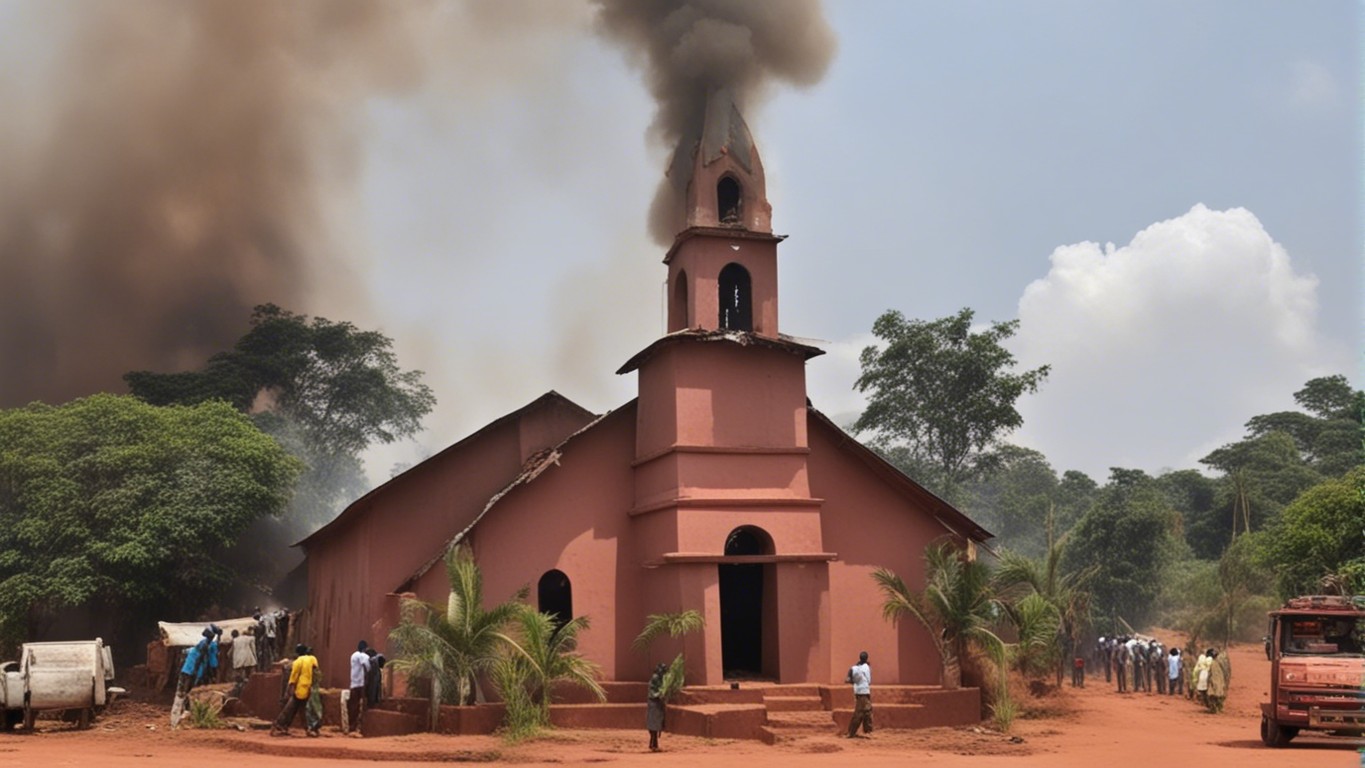The Emergence of a Deadly Cult:
In the late 1980s and 1990s, a dangerous doomsday cult took root in Uganda under the leadership of Joseph Kibweteere. Known as the Movement for the Restoration of the Ten Commandments of God, this cult combined Christian teachings with apocalyptic beliefs, resulting in one of the deadliest cult tragedies in modern history.
“The Kanungu cult case stands as a haunting testament to the dangers of unchecked religious extremism,” remarked historian Dr. Frederick Ouma.
Origins and Beliefs:
The cult’s beliefs were rooted in a combination of local religious fervor and a series of purported Marian apparitions experienced by several of its founding members, including Kibweteere. The cult emphasized strict adherence to the Ten Commandments and propagated the belief that the world would end soon. Communication was limited within the cult, with followers often using sign language to maintain silence, believed to prevent sin.
“The cult’s ability to mix familiar religious teachings with extremist views made it particularly alluring and dangerous,” observed sociologist Dr. Lydia Nanteza.
A Growing Following:
Throughout the 1990s, the cult attracted a significant following. Members sold their possessions and moved into communal compounds, including the main one in Kanungu. As the promised apocalypse date approached and then passed without event, tensions within the cult escalated.
“Cult leaders, having made dire predictions, found themselves in a precarious position when their prophecies failed to materialize,” noted psychologist Dr. Paul Mukasa.
The Kanungu Massacre:
In March 2000, the cult’s activities culminated in a horrifying event. A massive fire engulfed the church in Kanungu, where hundreds of followers were attending a service. Investigations later revealed that the exits had been sealed, trapping the occupants inside. The final death toll was estimated to be over 500.
However, the horror did not end there. In the following weeks, authorities discovered mass graves at multiple cult compounds across Uganda. The total number of deaths, including the Kanungu church fire, was estimated to be around 778, though some believe the actual number could be higher.
“The scale and premeditation of the tragedy were profoundly shocking, marking it as one of the deadliest cult events in history,” said journalist Harriet Nabukwasi.
Aftermath and Legacy:
The Kanungu tragedy sparked national and international outrage. It highlighted the need for greater oversight of religious organizations and raised questions about how such a dangerous group could operate so openly for years.
“While the immediate pain of the Kanungu tragedy has faded with time, it serves as a somber reminder of the potential dangers posed by extremist beliefs and charismatic leaders,” concluded theologian Father Emmanuel Okello.
